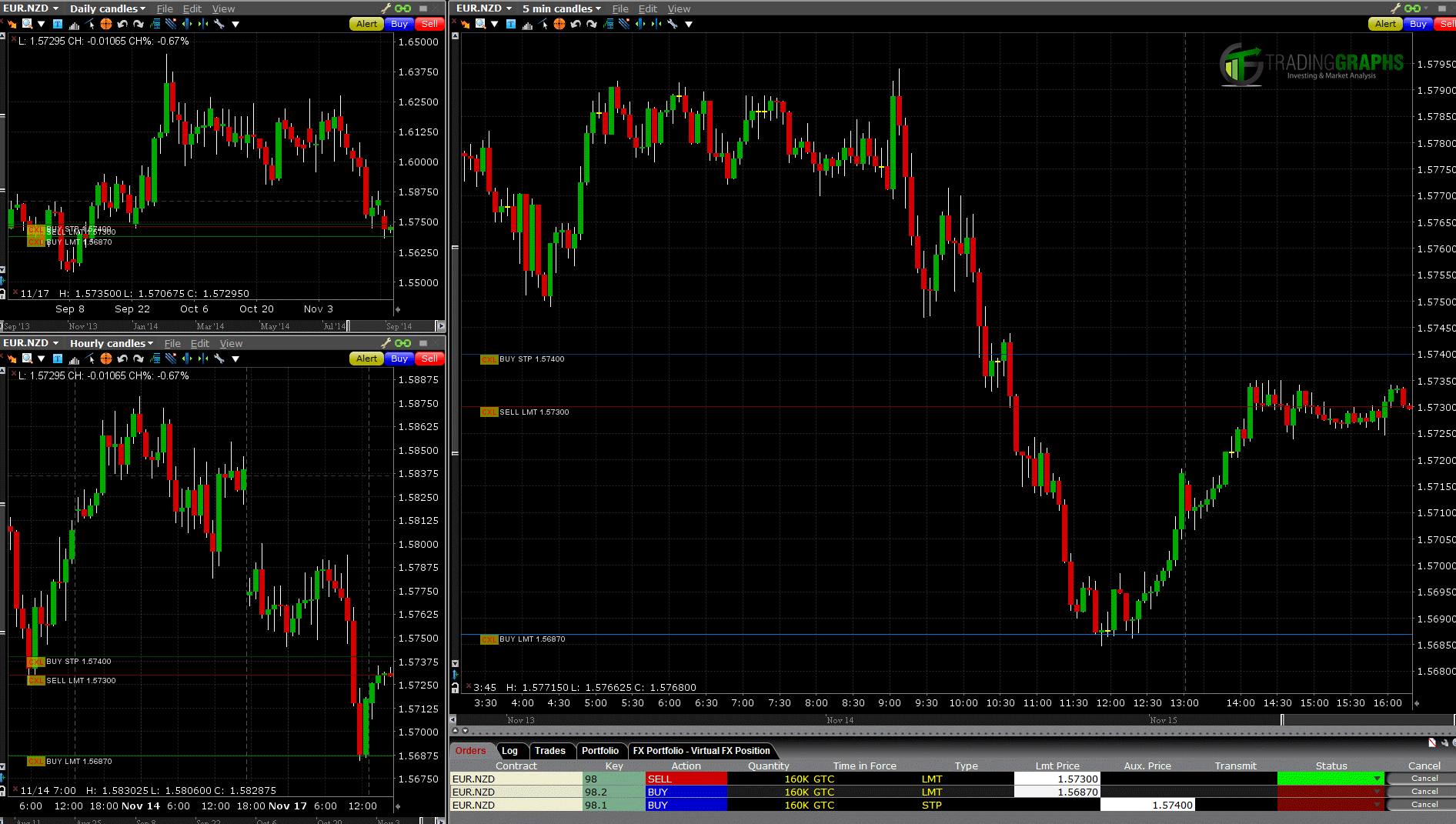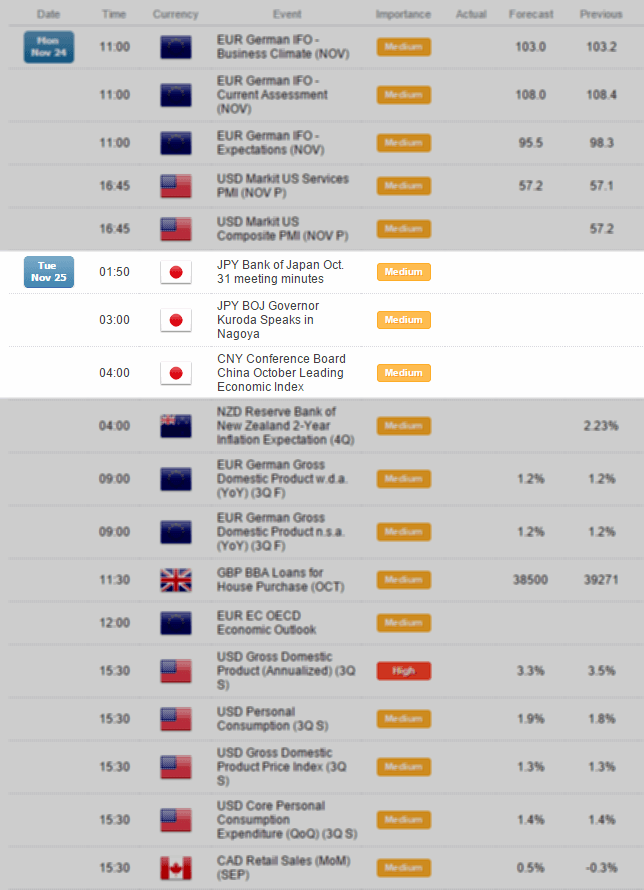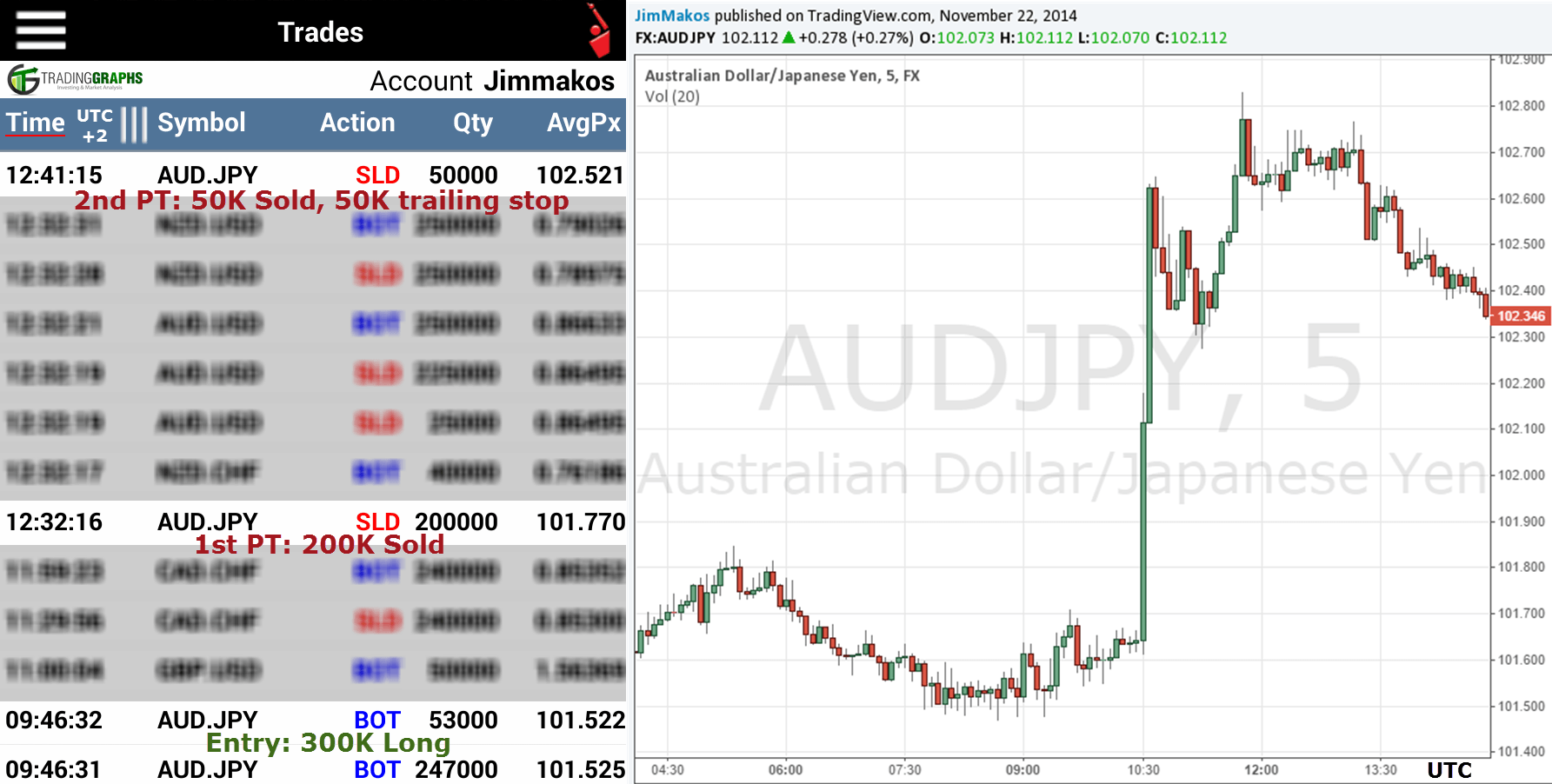I went full-time forex trading this week. I was glued to the screen 5 days straight and traded from the moment I woke up to the time I went to bed. During the necessary breaks for lunch, gym, family and bathroom, I stay connected with the forex market via my smartphone, modifying and executing orders. And these are the 4 lessons I learnt by doing all that.
A forex newbie?
Not by a longshot. The first time I demo’ed forex trading, it was back when Refco was considered one of the most popular forex brokers. For many of you the name might not ring a bell, as the company went bankrupt shortly afterwards in one of the first shocks in modern retail forex times. Since then and for the last 5 or so years, I have been trading forex at Interactive Brokers. So, no, I am not a newbie in forex trading, yet it was the first time I took it so seriously as to become a full-time forex trader for a whole week.
And it surely was both fun and exhausting. Both mentally and physically. But it had some good days.

Lesson 1: Don’t trade in tiny timeframes
Let me start by giving you a brief layout of my trading setup. Here’s a screen grab as I was shorting EUR/NZD. Click for enlargement.

I use 3 charts: the daily, the hourly and a fast one, usually the 5-min or the 3-min chart. Occasionally I will go even faster, down to 1-min chart, but that is an exception. I start with a glance to the daily chart to catch up with the long-term trend, move down to the hourly chart to pinpoint support and resistance levels via trendlines and pivot points and then use the third chart to pick my entry point. For the most part, my entries are limit orders, waiting for the market to pull back or expecting a likely reversal after an established trend.
And then comes the news. Forex news range from insignificant to VERY significant. Depending on the importance of the news, currency pairs may react violently or not at all. When it is the former, the market goes haywire.
It was one of those occasions (the violent one) that made me lose a day’s profit, due to overtrading. Since the 5-min chart was unusable printing big red and green candlesticks with long tails, I switched down to 1-min chart. Long story short, I found myself trading at 10-sec charts!
For many traders, those charts are full of noise. You cannot make predictions because of the noise, that is price action that does not seemingly follow a pattern.
Yet, when hot news hit the market, trends do develop even at those timeframes. The problem is you’ve forgotten the big picture, aka the 5-min chart or the hourly chart. Things happened so fast, that I traded way too much, changing direction in seconds’ time. It was only when I stepped off the gas and went back to the 3-min chart, that I realised I have been trading in the middle of a chaos. Should I have stayed on a slower pace, there were some obvious support and resistance levels that I could easily pick some money from. Instead, I elected to trade in-between those key levels, as the market struggled to find direction and bulls were fighting bears.
So, I will never go to multi-second charts again, even when my broker offers them. The 3-min chart is just fine if I want to trade a lot and quick.
Lesson 2: Always set a profit target upon entering
First, let me explain briefly my money management rules when it comes to forex trading.
I risk 0.5% of my trading capital and my stop loss is normally 5 pips. Combined, those two figures dictate how much EUR/USD or AUD/JPY I’m supposed to trade. So, whatever the currency pair I’m trading, I always stand to lose 100 euros.
That’s my worst scenario, although during news, slippage may cost me a bit more, as the stop loss orders are hit a bit further away.
When the prediction is correct on the other hand, it’s time to set profit targets.
Where do you exit the market and take your money?
My method is simple and certainly not genuine. I exit 60% at the first profit target (PT), 20% at the second one and for the remaining 20% I use a trailing stop. As a rule of thumb, the first PT is set at 20 pips and the second at 40 pips, but that is not always the case, as I also take into account other key price levels to take profits, such as round numbers.
Now that you have an understanding of my trading strategy, it’s easier for me to explain this particular lesson I learnt this week.
Upon shorting or buying a pair, I often submit my PT limit orders. At some point though, I opted to wait for the pair’s reaction before setting even the first PT. It turned out that my delay could have cost me dearly.
I sold short a pair and about 3 minutes later its price had suddenly dropped to my hypothetical PT and quickly began retracing. I felt happy because my prediction had been proven correct, yet I hadn’t made any money! Even worse, I now saw the price tormentingly pulling back to my entry level, that could easily put my whole trade in danger!

The Buy-Limit order hasn’t been executed, since I placed it after the pair dived to 0.76350.
Fortunately, the price resumed its fall, but now I had set my PT and took my first profits.
Although that mistake didn’t cost me this time, I won’t allow to put myself in the same situation ever again. I suggest you don’t either.
Lesson 3: Scaling out will give you a head start for the day
So, I’ve talked about my scaling out method. Many traders employ a pretty similar strategy, whatever security they are trading. The main reason is that you make a profit rather quickly, but also have a chance to win a lot more with the remaining position.
This week I realized there’s another reason to scale out in trading.
Upon logging into my trading account every morning, I was greeted with a green Profit & Loss (P&L). Of course, that was due to my open positions performing quite well through the night. While there will be times when my morning’s P&L will be negative as my stop loss orders will be hit while I am sleeping, it’s unlikely that would be the case often enough.

A starting-the-day P&L. Note the smaller than regular position sizes, due to scaling out.
Remember when I laid out my chart setup? Since I always trade in the long-term direction of the daily chart, most often than not the last part of my position will follow that trend. And given the strength of a long-term trend, my capital will be increasing steadily day by day, until the trend pulls back a little.
Don’t forget that even when the whole position is closed, it’s still a profitable trade we are talking about. It’s just that it lost the most recent winnings.
Lesson 4: Plan your day ahead according to the news schedule
We all have regular lives. For most, that also includes a family or a partner and a job. It’s hard to take care of everything, if you are glued to the screen, waiting for the next move in your charts. In forex, we already know when that is bound to take place. At least, most of the times and it’s called forex news.
Forex economic calendars have all the information we need. News come out at a specific time each day and involve different currencies each time. Thus, if I’ll be trading the Japanese Yen next week, I already know when economic data of Japan is set to be announced.

Highlighted Japanese economic news releases (DailyFX.com)
Make a plan according to that news schedule. Go out, meet friends and go shopping when the market is expected to be calm, but get back when hot news are to be released.
From time to time though, breaking news affecting your forex position may have a big impact in your P&L, such as the one my AUD/JPY position had yesterday when China announced they are cutting their lending interest rates. But that won’t happen as often as the scheduled news reports.

5 days went by this week, during of which I traded forex almost all day long. I didn’t do anything else at all, apart from spending time with my family. I’m planning to repeat that the following week, so I’m prepared to take a couple more lessons from the forex market. Hopefully, they won’t cost me that much.
What did you learn from forex trading, that you didn’t expect to or had the a-ha moment? Let me know in the comments below and until next time, practice, practice, practice your trading skills.
